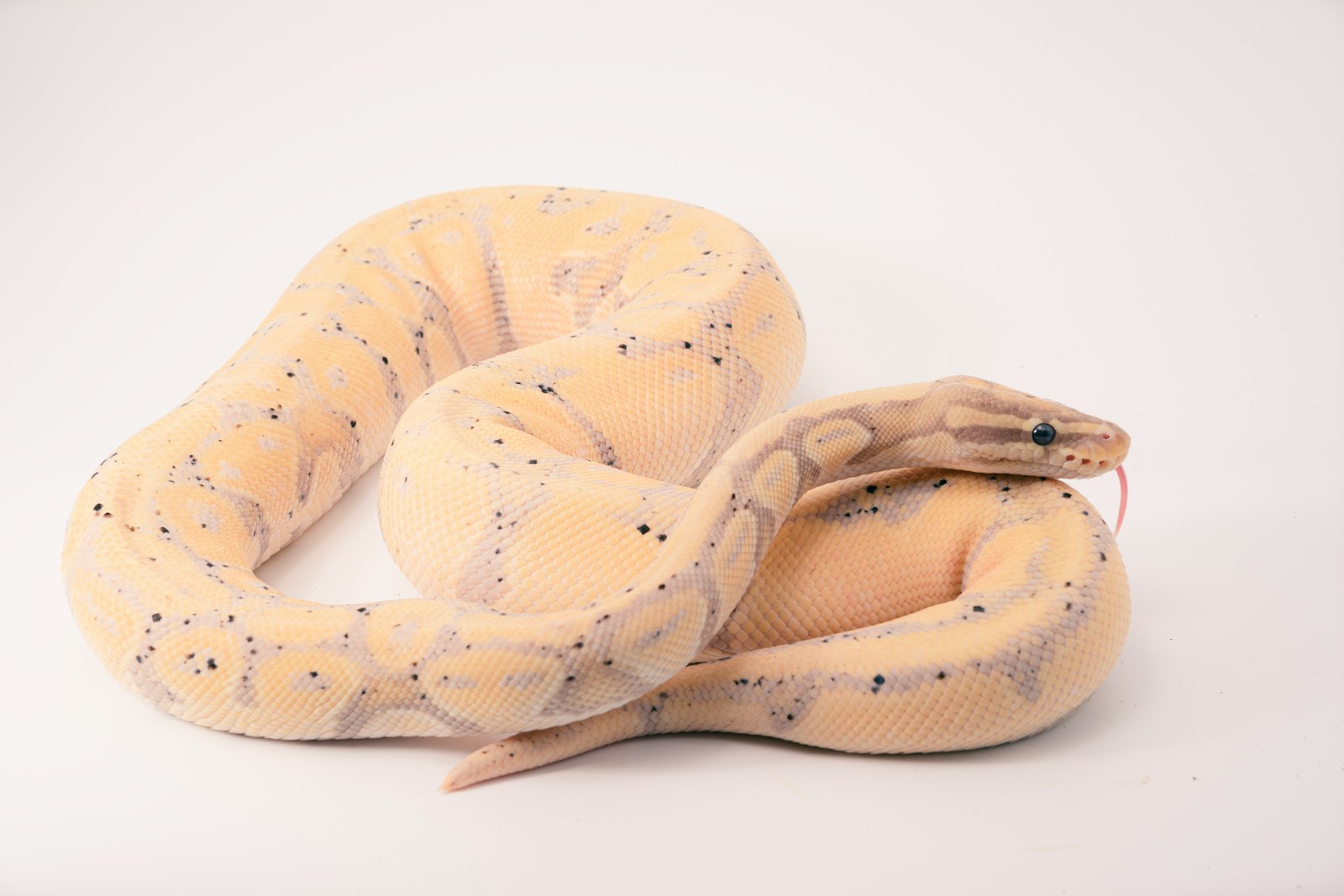Snakes are fascinating reptiles with unique dietary behaviors that can sometimes puzzle even experienced keepers. While these animals can go impressively long periods without eating compared to mammals, a prolonged food refusal should never be ignored. Many snake owners become concerned when their scaly companions suddenly turn their noses up at meals they previously enjoyed. Beyond the common culprits like improper temperatures or illness, there are several surprising and often overlooked factors that can trigger feeding strikes in snakes. Understanding these unexpected causes can help both new and veteran snake keepers address feeding problems more effectively and ensure their reptilian friends remain healthy and well-nourished.
Shedding Cycles and Pre-Shed Behavior
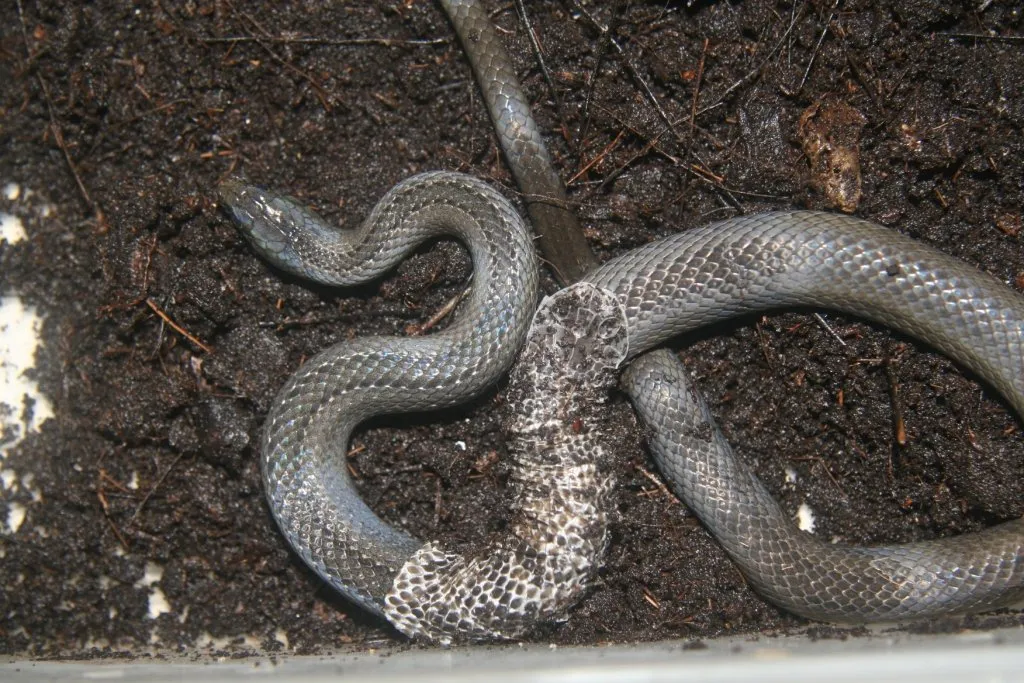
One of the most commonly misunderstood reasons for feeding refusals is the snake’s natural shedding cycle. Many snakes become completely disinterested in food during the days leading up to a shed, sometimes beginning as early as two weeks before the actual shedding event. During this time, hormonal changes within the snake’s body trigger a cascade of physiological processes that prepare it for skin renewal. The most telltale sign that shedding is imminent is when the snake’s eyes turn a milky blue-white color (known as being “in blue”), though some owners miss this indication if it occurs between regular handling sessions. After shedding, most healthy snakes will resume normal feeding patterns within a few days, making this a temporary but entirely natural cause of food refusal.
Seasonal Breeding Behaviors
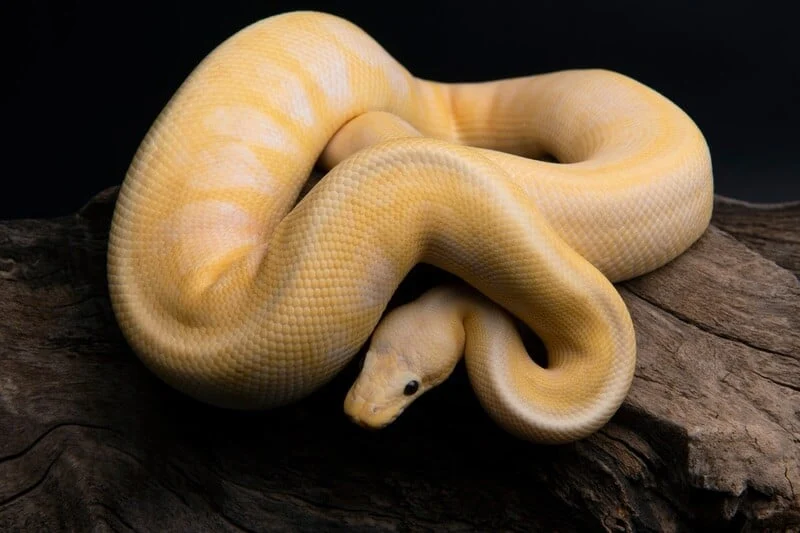
Many snake species experience strong breeding seasons during which their feeding patterns change dramatically, especially in mature adults. Male snakes, in particular, may completely refuse food during breeding season as their bodies prioritize reproductive behaviors over feeding. This seasonal fasting can last anywhere from a few weeks to several months, depending on the species and individual. Ball pythons, for example, are notorious for breeding-related fasting that can last throughout winter and spring. What makes this particularly surprising to new snake keepers is that these hunger strikes can occur even in snakes kept alone without any access to potential mates, as the behavior is driven by hormonal changes triggered by seasonal light cycles and temperature fluctuations rather than the actual presence of a mate.
Recent Changes in Prey Appearance
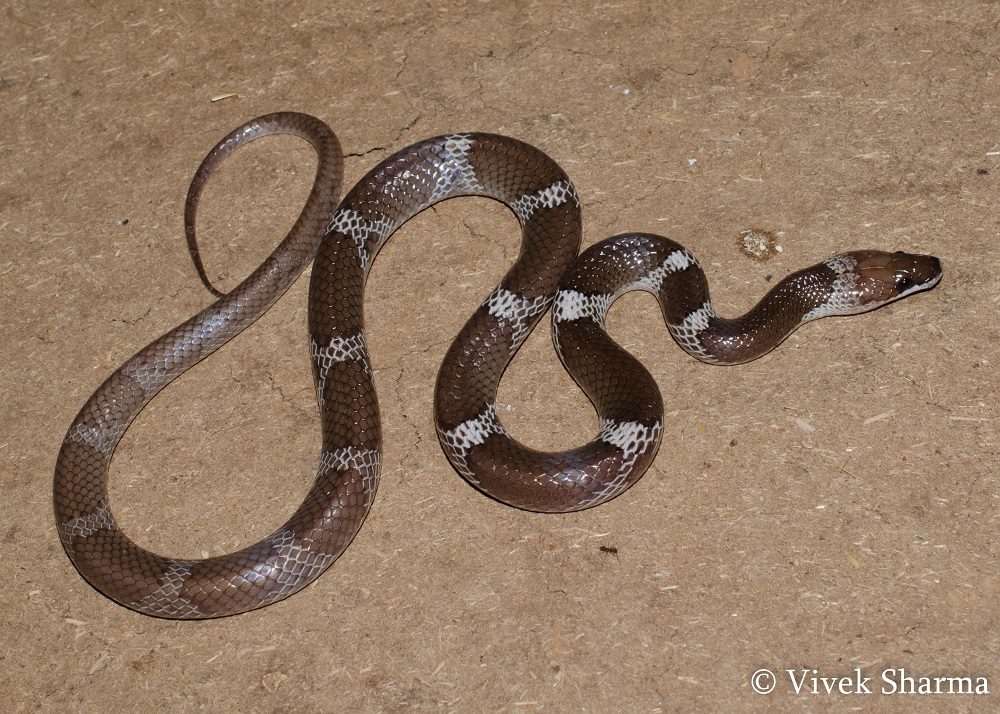
Snakes are surprisingly picky eaters when it comes to the visual characteristics of their prey. A sudden change in the size, color, or species of feeder animal can cause a snake to refuse food, even if the nutritional value remains the same. For instance, a snake accustomed to white mice might refuse brown mice, or a snake used to eating live prey might refuse pre-killed items that don’t move in the expected way. Some snakes develop strong preferences for specific prey characteristics based on their early feeding experiences. This phenomenon is sometimes referred to as “prey imprinting,” and it can be so specific that some snakes will only accept prey of a particular color pattern or size range, making this a frustratingly specific cause of feeding refusals that many owners don’t initially consider.
Invisible Environmental Stressors

Snakes possess sensory systems that detect environmental factors humans might not notice, leading to stress-induced feeding refusals. Ultrasonic sounds from electronic devices, vibrations from nearby construction, or even electromagnetic fields from appliances can create stress that owners completely overlook. Some species are particularly sensitive to barometric pressure changes that precede storms, causing them to refuse food when weather systems are approaching. Even subtle changes in air quality, such as new cleaning products used in the room or scented candles, can overwhelm a snake’s sensitive chemoreceptors. These “invisible” stressors often confound owners because the enclosure parameters like temperature and humidity might read as perfect, while the snake continues to refuse meals due to environmental factors beyond standard measurements.
Inappropriate Feeding Schedule
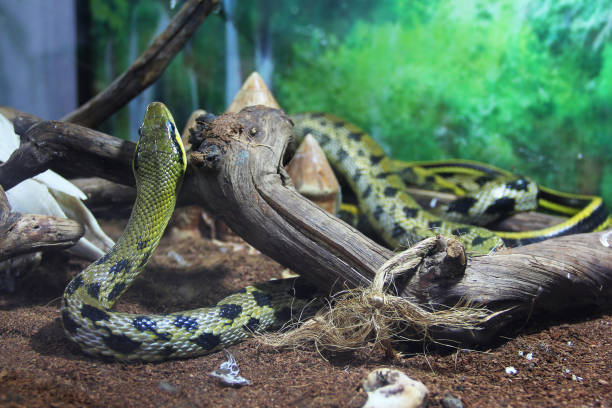
While underfeeding is an obvious concern, many snake owners don’t realize that overfeeding can also lead to unexpected feeding strikes. Snakes have evolved to eat relatively large meals with significant time between feedings, and their digestive systems work quite differently from mammals. When fed too frequently, a snake’s digestive system may not completely process one meal before another is offered, potentially leading to digestive discomfort and subsequent food refusal. This is particularly common with slower-metabolizing species like ball pythons and boa constrictors, which naturally go longer between meals in the wild than most owners assume. What makes this cause surprising is that the snake may suddenly refuse food after accepting regular meals for months or even years, leading owners to look for illness or environmental problems when the issue is simply that the feeding schedule doesn’t match the snake’s metabolic needs.
Inappropriate Prey Temperature
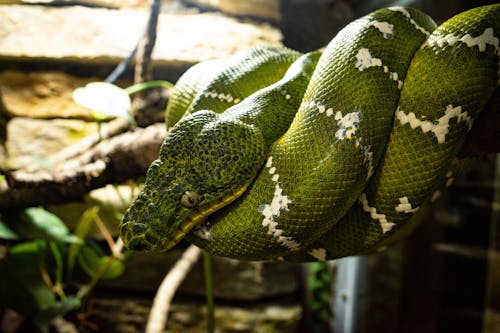
Snakes rely heavily on thermoreception to locate and identify appropriate prey items, making the temperature of offered food surprisingly critical to feeding success. In the wild, prey animals have a specific heat signature that helps snakes target them, and many captive snakes expect similar thermal cues. Frozen-thawed prey that’s either too cold or unevenly heated may not register properly on the snake’s heat-sensing organs, causing confusion or disinterest. Some species, particularly those with highly developed heat-sensing pits like pythons and boas, are especially sensitive to prey temperature and may refuse food that’s just a few degrees off from body temperature. This subtle factor is often overlooked by owners who thaw prey items properly but don’t warm them to the ideal temperature range of approximately 98-100°F (37-38°C) before offering them.
Hidden Health Issues
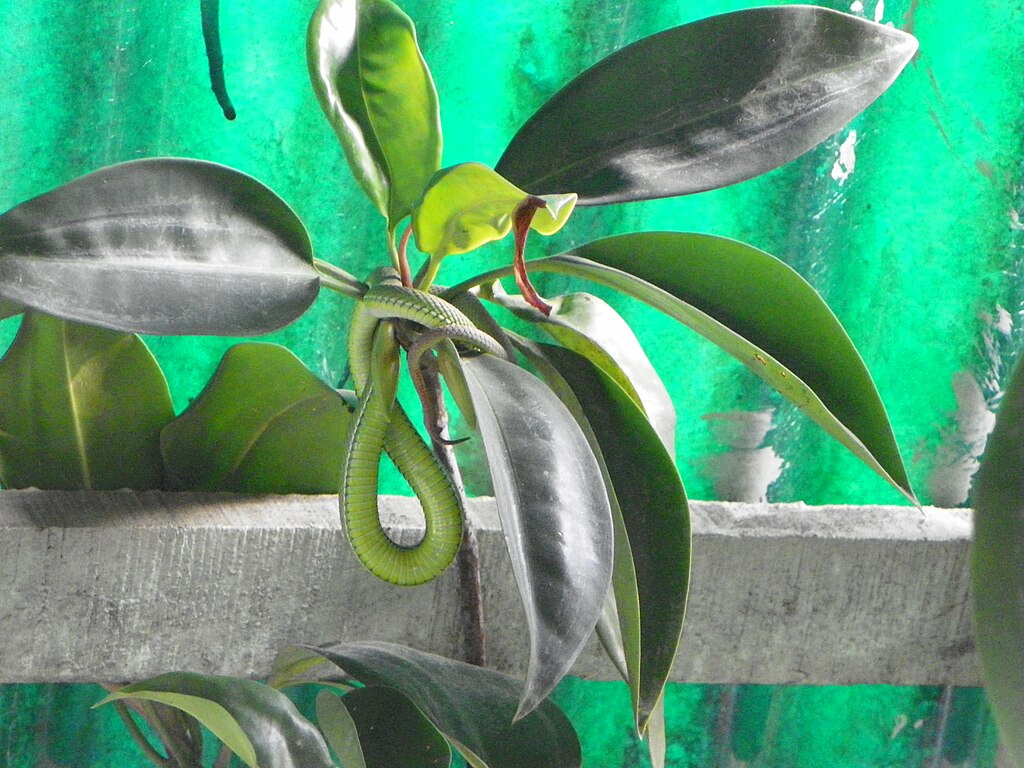
Certain health conditions can cause feeding refusals long before other symptoms become apparent to owners. Respiratory infections in their early stages may not produce obvious symptoms like wheezing or mucus, but can still affect a snake’s sense of smell enough to disrupt feeding. Internal parasites can cause appetite suppression well before they create visible weight loss or changes in stool quality. Perhaps most surprising is the impact of subclinical vitamin deficiencies, particularly in snakes fed exclusively one prey type for extended periods. For example, a snake fed only domestic mice might develop subtle nutritional imbalances that affect appetite before showing more obvious deficiency symptoms. These hidden health issues highlight why persistent feeding refusals should always warrant veterinary attention, even when the snake appears otherwise healthy.
Stress from Tank Visibility
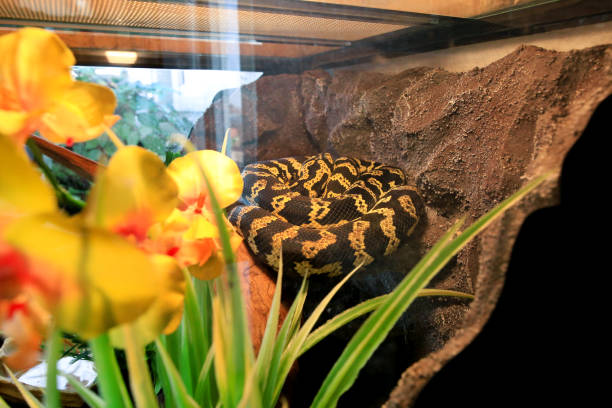
The location and visibility of a snake’s enclosure can significantly impact feeding behavior in ways many owners don’t anticipate. Snakes kept in high-traffic areas or enclosures with excessive glass exposure may feel perpetually vulnerable, triggering stress responses that suppress appetite. This is especially true for naturally shy species like ball pythons and children’s pythons, which prefer secure hiding spots when consuming meals. Some snakes become so uncomfortable with exposure that they’ll refuse to eat until their enclosure is moved to a quieter location or modified with more visual barriers. This visibility stress can be particularly confusing for owners because the snake might appear calm and normal during regular observation, yet consistently refuse food due to this subtle psychological stressor.
Improper Handling Before Feeding
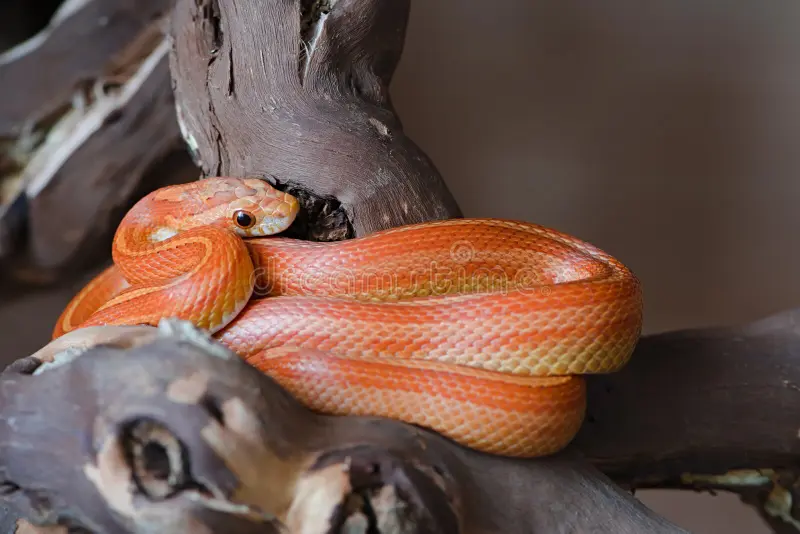
The timing of handling sessions relative to feeding attempts can have a surprising impact on a snake’s willingness to eat. Many species enter a specific hunting mode when they detect food, and disruption of this mental state through handling can reset their feeding response entirely. Handling a snake too close to feeding time can cause stress hormones to elevate, suppressing the feeding drive sometimes for days afterward. This effect varies significantly between species and individuals – some hardy colubrids like corn snakes may eat readily after handling, while more sensitive species like green tree pythons may refuse food for a week after being disturbed. The surprising aspect is how long this effect can last, with some particularly sensitive individuals showing feeding disruptions from handling that occurred several days before the feeding attempt.
Recent Cage Cleaning or Rearrangement
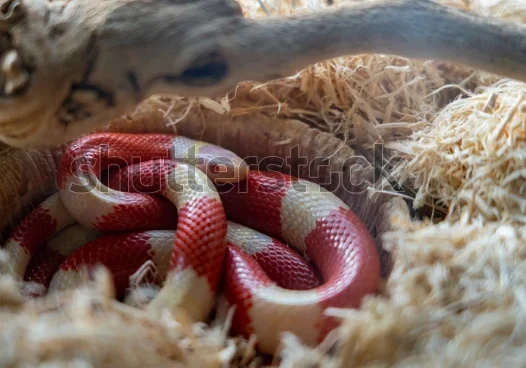
Thorough cage cleaning, while necessary for hygiene, can disrupt a snake’s sense of security and territorial familiarity enough to cause temporary feeding refusals. Snakes rely heavily on scent marking to establish their territory, and a completely cleaned enclosure effectively erases these familiar olfactory landmarks. This effect is particularly pronounced when the enclosure is not only cleaned but also rearranged, removing the snake’s established mental “map” of its environment. What surprises many owners is the duration of this effect – sensitive species may refuse food for several weeks after major habitat changes while they re-establish their scent markers and become comfortable in the revised environment. This is why experienced keepers often recommend scheduling major enclosure maintenance for after successful feeding and digestion rather than before planned feeding attempts.
Prey Movement Patterns
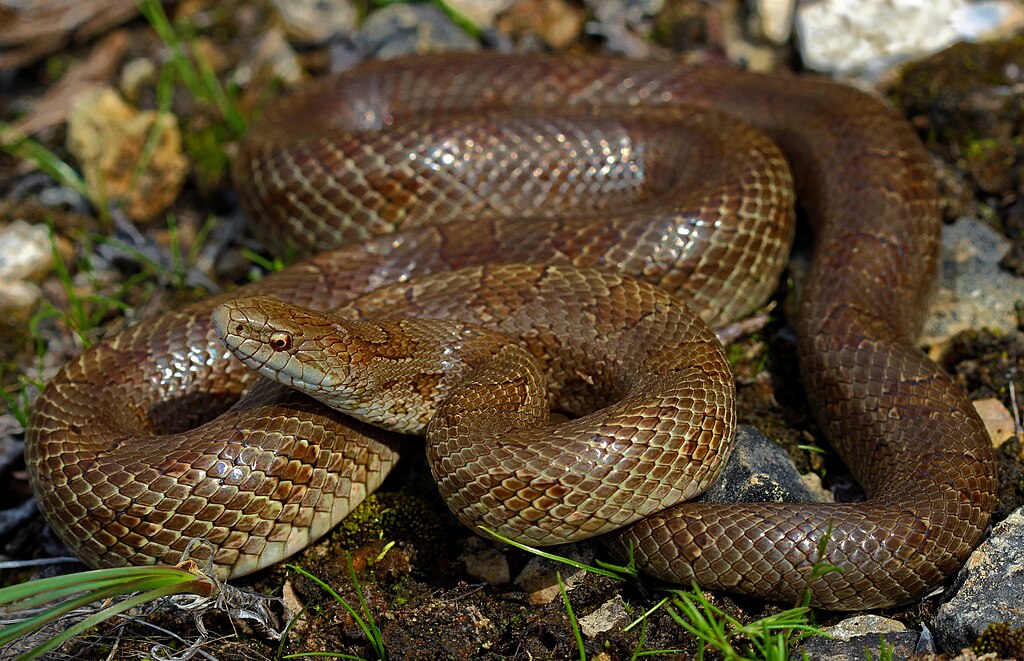
The specific movement patterns of prey items can trigger or inhibit feeding responses in ways that often surprise snake keepers. Many snakes have evolved to respond to particular movement signatures that signal appropriate prey in their natural habitat. For instance, ball pythons often respond better to prey that moves in short bursts with pauses in between, mimicking the natural movement patterns of small rodents in the wild. Offering prey with erratic or unnatural movements (like dangling prey by the tail and swinging it) may inhibit rather than encourage feeding in some species. Even more surprisingly, some individual snakes develop highly specific preferences for certain movement patterns based on their early feeding experiences, creating frustrating situations where they’ll only accept prey presented in very particular ways.
Subclinical Dehydration

Mild dehydration can suppress appetite in snakes long before it produces obvious physical symptoms, making it an easily overlooked cause of feeding refusals. Unlike severe dehydration, which produces sunken eyes and wrinkled skin, subclinical dehydration may only manifest as reduced interest in food. This can occur even in enclosures with seemingly adequate humidity levels if the snake doesn’t have proper access to fresh water or if the humidity fluctuates significantly throughout the day. What makes this particularly surprising is that some species, especially those from high-humidity environments like rainbow boas or Amazon tree boas, may require humidity levels well above what general reptile care guides recommend to maintain proper hydration. Providing a larger water dish or increasing misting frequency sometimes resolves mysterious feeding issues by addressing this subtle hydration deficit.
Understanding the surprising factors that can cause feeding refusals in snakes helps owners address problems more effectively and reduces unnecessary stress for both the keeper and the reptile. While occasional fasting is normal for most species, persistent refusals warrant careful investigation of these less obvious causes. With patience, careful observation, and a willingness to adjust husbandry practices, most feeding issues can be resolved successfully. Remember that each snake is an individual with unique preferences and sensitivities, and sometimes solving feeding puzzles requires thinking beyond the standard care guidelines to consider the specific needs of your serpentine companion.

